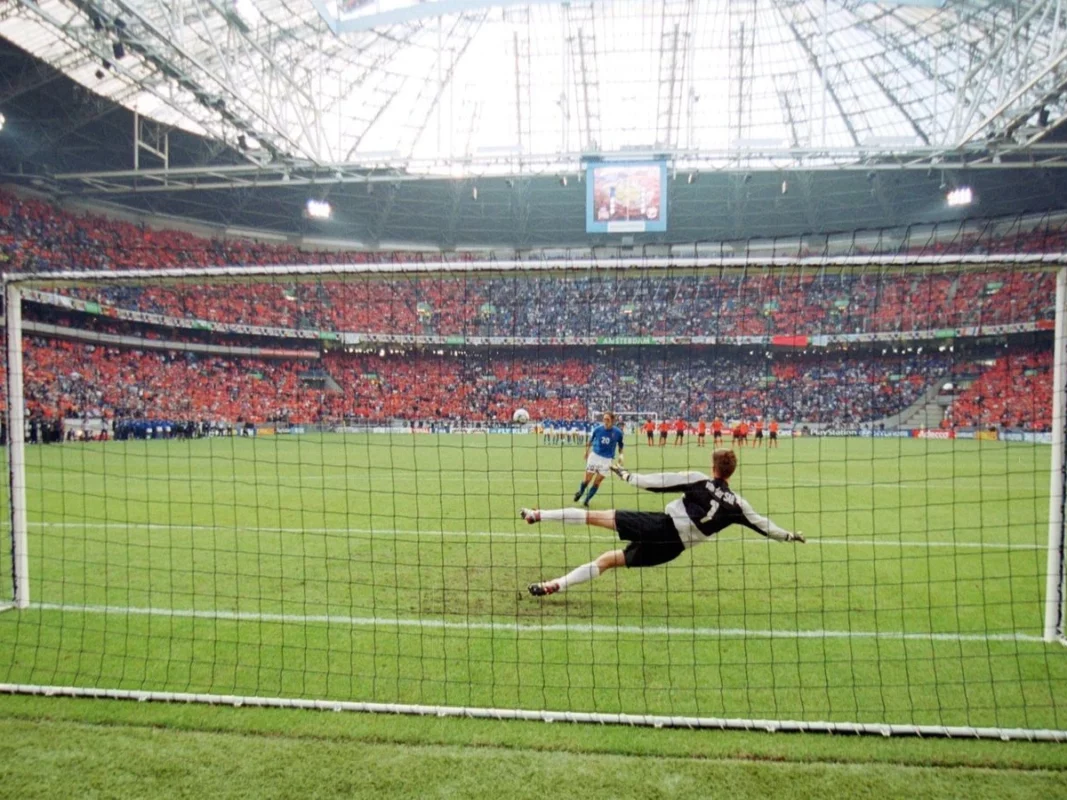If you’ve ever watched a penalty shootout in soccer and seen a player cheekily chip the ball into the net with a subtle touch, then you’ve witnessed a Panenka penalty. But what exactly is this audacious technique and where did it come from? In this blog post, we’ll dive into the history and intricacies of the Panenka penalty, exploring why it’s one of the most daring yet effective moves in football.
What is a panenka penalty?
A Panenka penalty is a type of penalty kick in football that involves a deceptive and daring technique. Named after Czechoslovakian footballer Antonín Panenka, this technique has become popular among players who want to add some flair and unpredictability to their penalty kicks.
So, what exactly is a Panenka penalty? In essence, it is a penalty kick where the player chips the ball softly into the center of the goal, while the goalkeeper dives to either side. This technique requires immense precision and composure from the player taking the penalty as any mistake could result in missing the target completely.
The idea behind a Panenka penalty is to deceive the goalkeeper by making them commit too early to one side, leaving an open space for the ball to be chipped into. It takes confidence and skillful execution to pull off this type of penalty successfully. The risk involved adds an element of excitement for both players and spectators alike.
How does a player execute a panenka penalty?
A panenka penalty is a high-risk, high-reward style of taking a penalty kick in football. It involves delicately chipping the ball over the goalkeeper and into the net, often causing confusion and surprise among both players and spectators. But how exactly does a player execute this daring move?
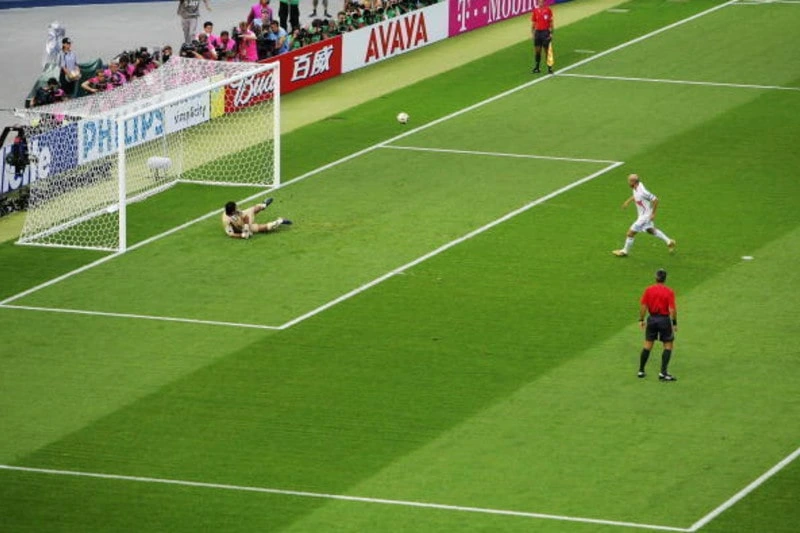
1. Confidence
The first step to successfully executing a panenka penalty is having confidence and composure on the pitch. This type of penalty requires nerves of steel as it can easily go wrong if not performed correctly. The player needs to have enough belief in their abilities and be able to handle the pressure of potentially missing such an audacious shot.
When standing at the penalty spot, the player should observe the goalkeeper’s positioning and body language. A panenka works best when the goalkeeper is anticipating a strong strike towards either corner of the goal. If they are leaning one way or appear ready to dive, it presents an opportunity for a well-executed chip shot.
2. Technique
Next, as with any penalty kick, proper technique is essential. The player must plant their non-kicking foot firmly next to or slightly behind the ball, keeping their head down and eyes on target throughout. With controlled power from their kicking foot, they should aim to lift the ball just off-centre towards either side of the goalpost.
The crucial element in executing a panenka lies in lifting one’s body up quickly after striking the ball. As soon as contact has been made with the ball, players need to spring upwards onto their toes while simultaneously leaning back slightly. This action will cause them to float over or past an outstretched goalkeeper who has already dived towards one side.
3. Timing
Timing is also crucial when attempting this type of penalty; releasing too early or too late could result in disaster. Players must keep an eye on both timing and technique during training sessions before attempting it during a game situation.
Famous examples of successful panenka penalties in football history
Panenka penalties have become a popular and effective technique in modern football, with some of the most iconic moments in the sport’s history being defined by this bold and risky move. Here are some famous examples of successful panenka penalties that will forever be remembered by football fans around the world:
1. Antonin Panenka – The Originator
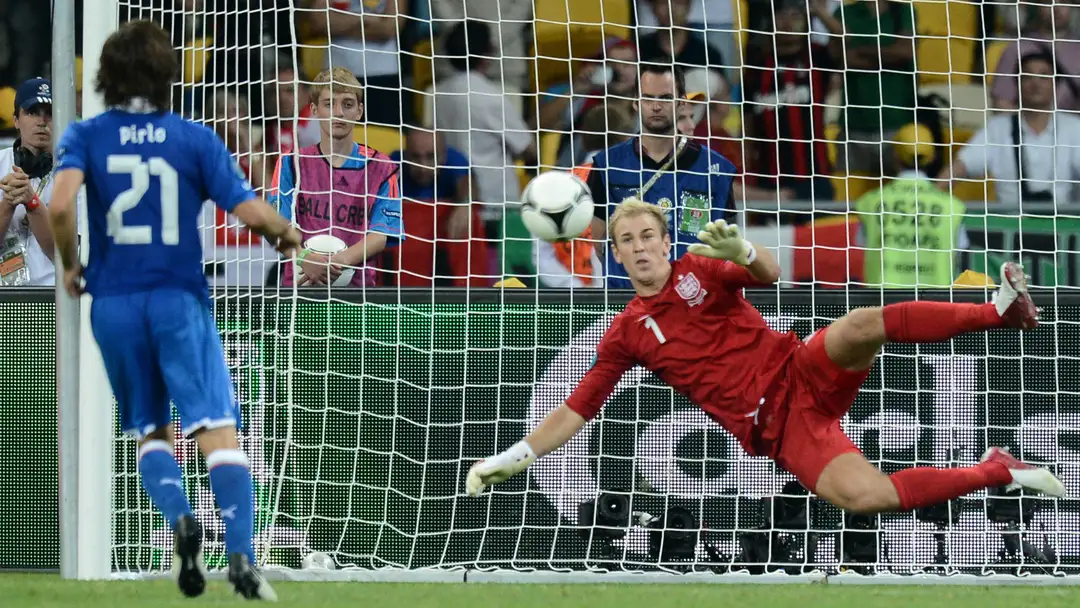
The eponymous penalty taker himself, Antonin Panenka, is responsible for introducing the world to this daring technique during the 1976 European Championship final between Czechoslovakia and West Germany.
With the game tied at 2-2 after extra time, Panenka stepped up to take the decisive spot-kick. Instead of blasting it into the back of the net like most players would do, he calmly chipped it down the middle as German goalkeeper Sepp Maier dived to his left, securing victory for his team and etching his name in football folklore.
2. Andrea Pirlo – Under Pressure
In a tense quarter-final match against England during Euro 2012, Italian midfielder Andrea Pirlo confidently executed a panenka penalty in front of thousands of English supporters at Kiev’s Olympic Stadium. This audacious move not only helped Italy win on penalties but also showcased Pirlo’s unparalleled composure under pressure.
3. Zinedine Zidane – World Cup Final Showdown
One of the greatest players in football history, Zinedine Zidane was known for his exceptional skill and flair on the pitch. However, it was his panenka penalty during the 2006 World Cup final against Italy that solidified his legacy as one of France’s greatest ever players.
With both teams locked at 1-1 after extra time, Zidane coolly converted from 12 yards out with an impudent chip over Italian goalkeeper Gianluigi Buffon to give France a brief lead before eventually losing on penalties.
4. Sergio Ramos – Champions League Final Heroics
In the 2016 Champions League final between Real Madrid and Atletico Madrid, defender Sergio Ramos stepped up to take a crucial penalty in a high-stakes match that could have gone either way.
With the weight of the world on his shoulders, Ramos showed nerves of steel as he dinked his panenka penalty past Atletico’s keeper Jan Oblak to give Real Madrid a 4-3 lead in the shootout. This goal ultimately proved to be the winning one as Real Madrid claimed their 11th European title.
Advantages and disadvantages of using a panenka penalty in a match
Like any other technique in football, using a panenka penalty comes with advantages and disadvantages. In this section, we will take a closer look at both sides of this risky move.
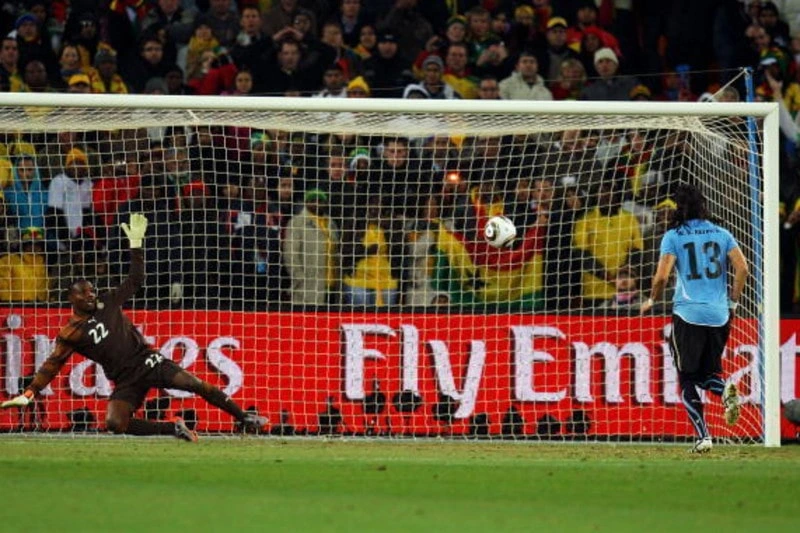
Advantages:
1. Element of surprise
The panenka penalty is not commonly used in football matches, making it unexpected for goalkeepers to face. This element of surprise can catch them off guard and increase the chances of scoring.
2. Psychological advantage
Successfully executing a panenka penalty requires confidence and composure from the taker. It can also have a psychological effect on the goalkeeper, as they may feel embarrassed or frustrated after being fooled by such an audacious move.
3. Saves energy
Penalty shootouts are physically and mentally exhausting for players. Using a panenka penalty requires less effort compared to striking the ball with power or aiming for specific spots in the goal, potentially saving energy for later stages in the game.
Disadvantages:
1. High risk
While successfully executing a panenka penalty can be exhilarating, it also comes with high risks. If not executed correctly, it can result in missing an easy scoring opportunity or even injury if there is contact between players during the execution.
2. Goalkeeper’s anticipation
As mentioned earlier, this technique relies heavily on deceiving the goalkeeper’s anticipation instead of skill or precision. However, experienced keepers may be able to read and anticipate where the ball will go based on subtle cues from the taker’s body language.
3. Pressure factor
A missed panenka penalty can put immense pressure on the player who attempted it, as they may face criticism and potentially become a target for opponents in future matches. This pressure can affect their confidence and decision-making during the game.
How to defend against a panenka penalty?
When it comes to defending against a Panenka penalty, there are a few key strategies that players and goalkeepers can employ. The first and most important thing to keep in mind is to not underestimate the power of this type of penalty kick. A Panenka penalty may appear nonchalant or even cheeky, but it requires skill and precision to execute successfully.
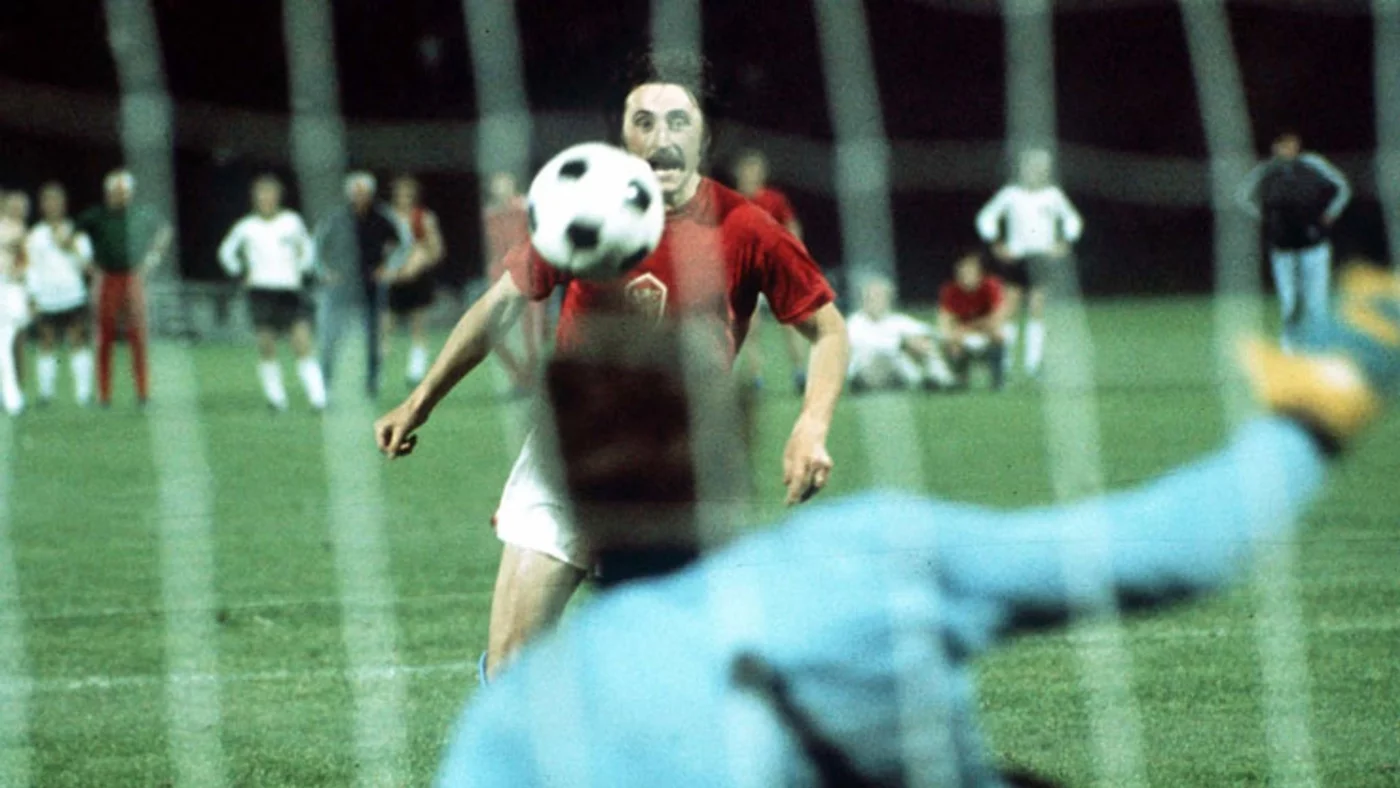
1. Studying the opponent’s body language
One way to defend against a Panenka penalty is by studying the opposing player’s body language. Pay attention to their approach towards the ball and any subtle movements they make before taking the kick. This can give you an idea of whether they are planning to take a traditional shot or attempt a Panenka.
2. Positioning oneself correctly
Additionally, positioning yourself correctly as a goalkeeper is crucial when facing a Panenka penalty. It’s essential to stay on your toes and be ready for any sudden changes in direction from the striker. Keep your eyes on the ball until the very last moment, as this will give you an advantage in predicting where it will go.
3. Playing mind games
Another effective technique is playing mind games with the kicker. As mentioned earlier, executing a successful Panenka requires confidence and composure from the player taking the kick. By showing them that you are not intimidated by their attempted trickery, you may throw off their concentration and increase your chances of making a save.
4. Communication
Communication between players on defense is also vital when facing a Panenka penalty. Teammates should work together and communicate effectively to anticipate where the ball might go based on their observations of the kicker’s body language.
5. Staying patient
It’s also crucial for defenders not to commit too early when trying to block or intercept a potential Panenka shot. Stay patient and don’t dive until you have identified where exactly the ball will be kicked.
6. Practicing
Practice makes perfect when it comes to defending against panenkas. Coaches can incorporate specific drills into training sessions that simulate situations where players need to defend against this type of penalty kick. By repeatedly practicing and honing their skills, defenders can become more comfortable and confident in facing Panenka penalties during a game.
Conclusion
The panenka penalty is a daring and unpredictable technique that requires immense skill and confidence from the player. While it may not be suitable for every situation, mastering the panenka can certainly add an element of surprise and flair to any penalty kick. So next time you see a player calmly chipping the ball into the net, remember that they are attempting a panenka penalty – one of football’s most audacious moves.
FAQs
Instead of standing at the spot and taking a traditional approach, Neymar placed the ball several inches away from the spot and ran in from an angle before striking it into the net in the 2018 FIFA World Cup.
While it is not against the rules to fake a free kick in soccer, but it goes against the principles of fair play and can be seen as unsportsmanlike behavior.n be seen as unsportsmanlike behavior.
Antonin Panenka


